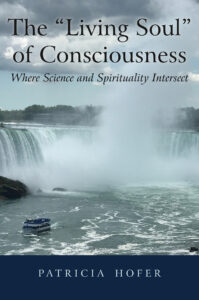Why 500 people needed to see the resurrected Jesus
Emphasizing the significance of Jesus’ resurrection, CS Lewis noted that from the “earliest days of Christianity” an apostle had to be able to “offer first-hand evidence of the Resurrection in addressing the outer world” (Miracles 233-234; Acts 1:22). These apostles testified that they had “met Jesus during the six or seven weeks that followed His death.” Sometimes they were alone, sometimes with the twelve. And Paul also documents that “the majority of the five hundred [who saw Jesus] were still alive” when he was writing in 55 CE (Miracles 235-236).
These apostles, as Lewis saw it, were bearing witness to a resurrection that was “not the action of rising from the dead but the state of having risen” (236). He later continued: “The body which lives in that new mode is like, and yet unlike, the body His friends knew before the execution. It is differently related to space and probably to time, but by no means cut off from all relation to them” (241). And then Lewis concluded that the “picture” our Lord gives us is “not of unmaking but of remaking” (244). With Christ, God descended “down into humanity,” wrote Lewis, for the specific purpose of ascending again, bringing the rest of us with him (Miracles 179).
And so, for me, when Jesus says, “I am the door” or “I am the gate” (John 10:9), he is saying that his resurrection is the opening for our resurrection. We will enter as he enters, by him. And so, whatever we have gained here—our particular and unique wisdom, compassion, forgiveness, joy and love—will continue on in a “new mode,” but in a recognizable individuality. Secure in this knowledge, the mourning we face at death, our “sorrow and sighing,” does indeed “flee away” (Isa. 35:10). (from Turning Aside to See, 2011, chapter 35)


Leave a Reply